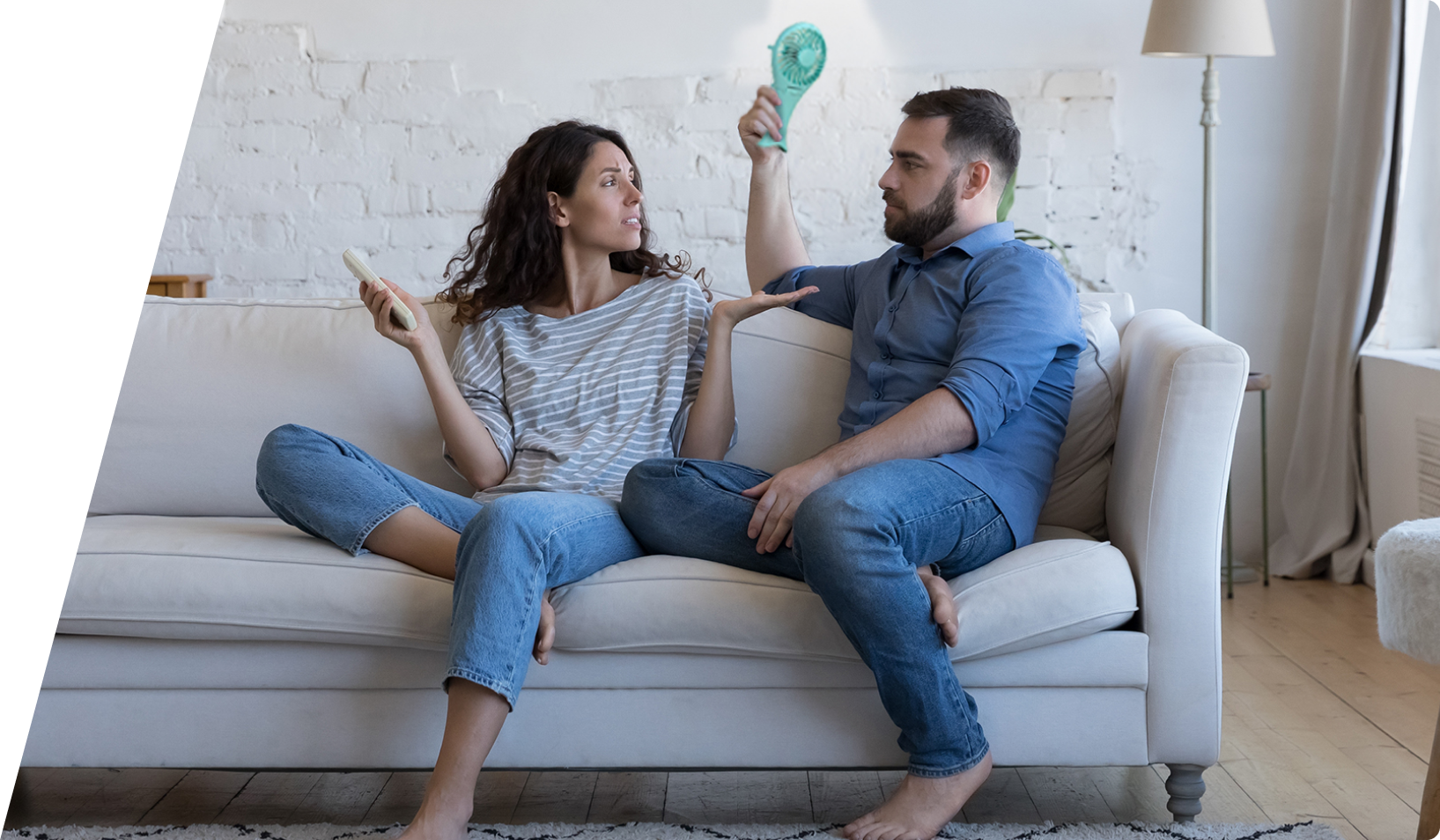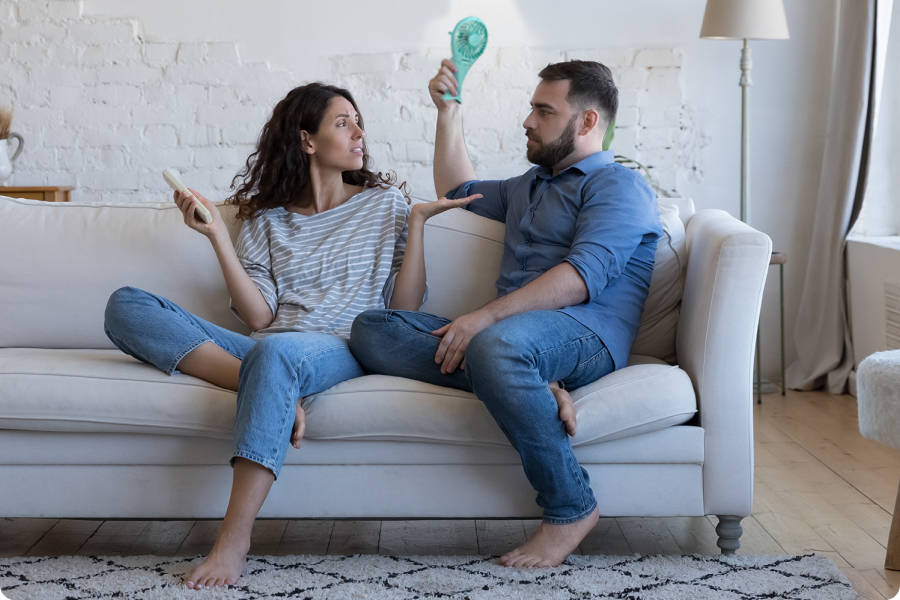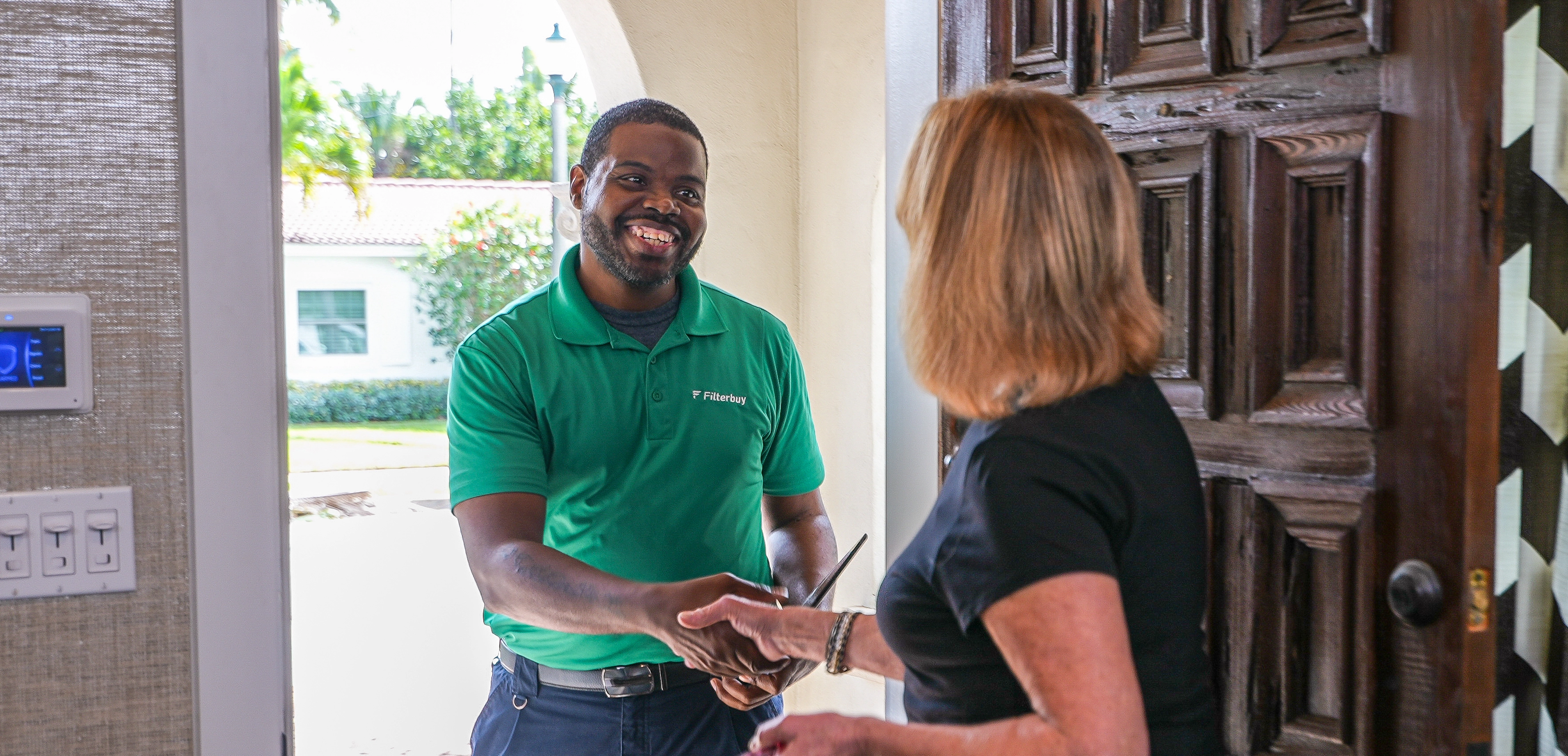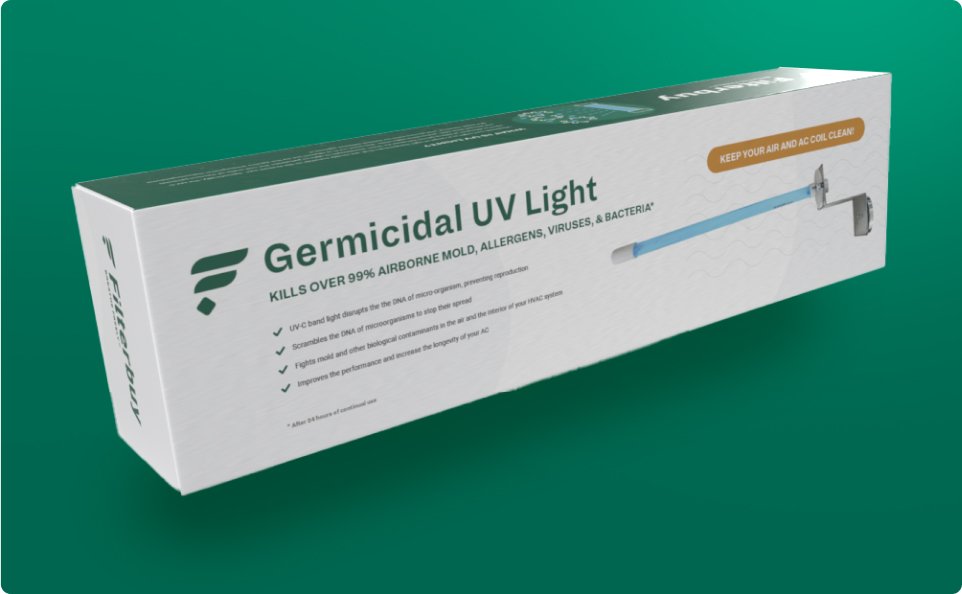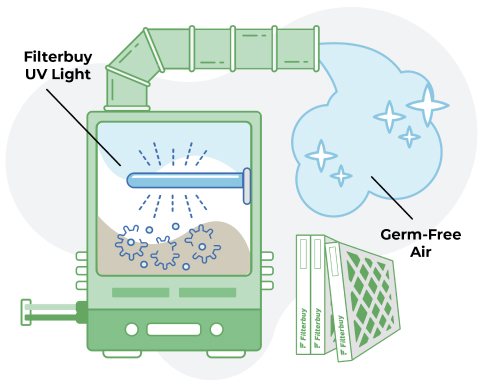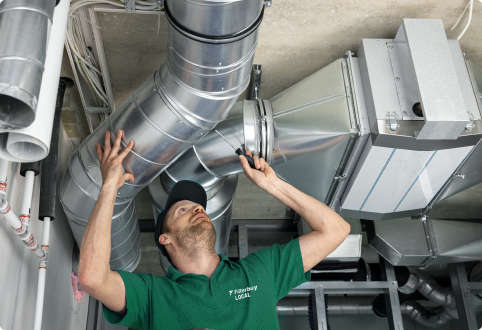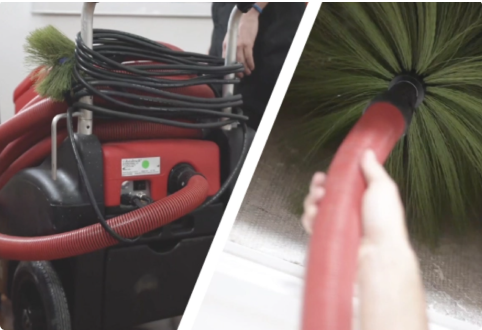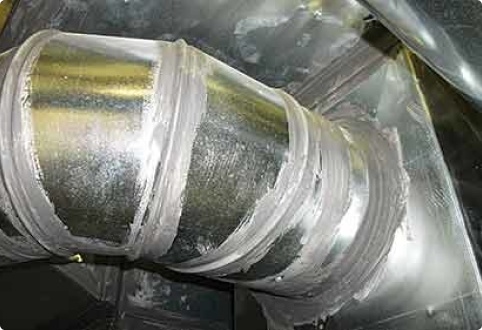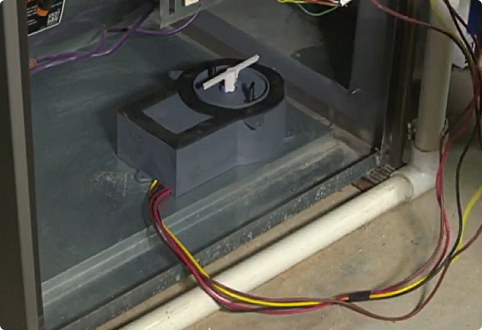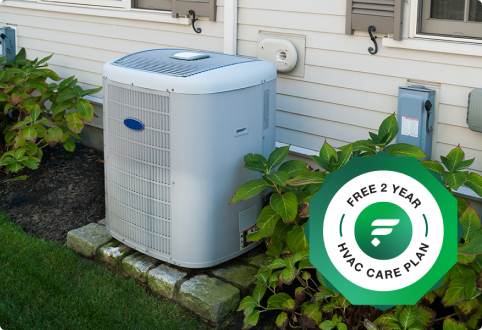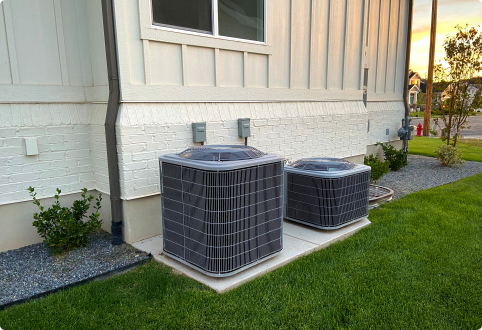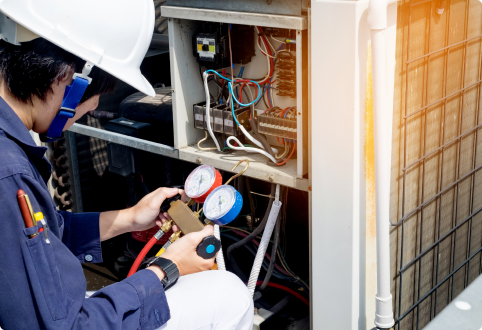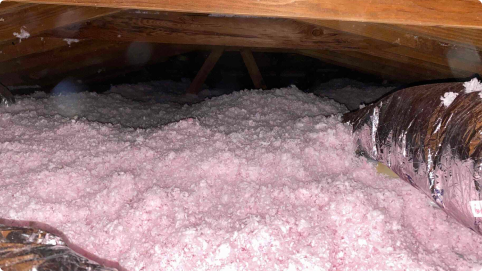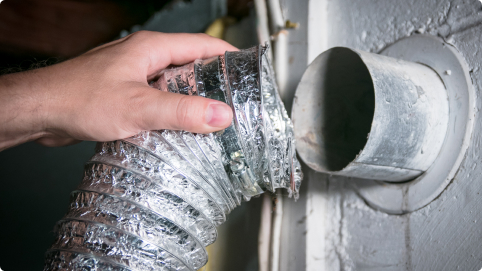Welcome to Filterbuy HVAC Solutions, the best HVAC UV light installation service company proudly serving in and near the greater Cooper City, FL area. Please let us know how we can help solve your Cooper City HVAC UV light installation needs with professional, affordable, and fast residential and commercial HVAC services by getting a free online quote or by giving our friendly HVAC specialists a call. We look forward to hearing from you!
HVAC UV Light Installation in Cooper City FL
Cooper City, FL residents seeking upgrades to their HVAC system discover UV light installation as an affordable option. Are you among them?
Your home and commercial property in Cooper City, FL needs HVAC UV lights to achieve the fullest air filtration benefits of your HVAC system.
This technology, aimed at sterilizing air pathogens, promises not only to improve health outcomes by reducing the prevalence of airborne contaminants but also to extend the lifespan of HVAC systems by preventing microbial buildup.
However, the process of selecting and installing the correct UV lighting system requires careful consideration concerning specific environmental and system variables. Do not worry. There are HVAC UV light installation experts available to help you.
Benefits of HVAC UV Lights
Installing UV lights in HVAC systems offers significant benefits, including improved air quality and enhanced system efficiency. UV light efficacy in these systems is primarily attributed to its ability to inactivate various pathogens and microorganisms that can circulate through air ducts. This capability is crucial in maintaining a healthier indoor environment and reducing the risk of respiratory problems and other health ailments associated with poor air quality.
The use of UV lights in HVAC units directly impacts the overall health implications for residents and office workers by curbing the spread of airborne diseases. Particularly, UV lights target the DNA of bacteria and viruses, rendering them harmless and preventing their proliferation. This is especially beneficial in environments like hospitals, schools, and homes where the risk of infectious diseases is higher.
Moreover, the efficiency of HVAC systems is significantly improved with the installation of UV lights. They help in maintaining clean air handling units, which reduces the load on filters and other mechanical parts, thus potentially prolonging the lifespan of the system and decreasing maintenance costs. The integration of UV technology in HVAC systems not only fortifies the health of the indoor air but also optimizes the functionality and durability of these systems, making it a wise investment for sustainable living.
How HVAC UV Lights Work
HVAC UV lights function by emitting short-wave ultraviolet light that disrupts the DNA of microorganisms, effectively neutralizing them. This technology utilizes a specific part of the UV spectrum range, typically within 100 to 280 nanometers, known as UV-C. The light in this range has germicidal properties, which means it is capable of inactivating various pathogens such as bacteria, viruses, and mold spores that can circulate through HVAC systems.
The mechanism behind the germicidal efficiency of UV lights in HVAC systems centers on their ability to penetrate the cells of microorganisms and alter their genetic material. This alteration either kills the cells outright or prevents them from reproducing, thereby reducing the population of these harmful entities in the air and on surfaces within the ductwork.
Choosing the Right UV Light
Selecting the appropriate UV light for your HVAC system is crucial, as different models vary in intensity, size, and functionality tailored to specific needs. Understanding the various UV light types and the importance of wavelength can help ensure effective air sterilization while maintaining system efficiency.
When choosing the right UV light, consider the following factors:
1. UV Light Types: There are mainly two types of UV lights used in HVAC systems: coil sterilizing lights and air sterilizing lights. Coil sterilizing lights are installed where the air conditioning coils are located to prevent microbial buildup, while air sterilizing lights purify the air as it circulates through the ventilation system.
2. Wavelength Importance: The effectiveness of UV lights in HVAC systems largely depends on the UV-C wavelength, typically around 254 nanometers. This wavelength is proven to be most effective in disrupting the DNA of microorganisms, thereby preventing them from reproducing and causing harm.
3. System Compatibility: Ensure the UV light model is compatible with your HVAC system. Consider the installation space, the power supply requirements, and whether the UV light's size and design are suitable for your system's configuration.
Selecting the right UV light involves careful consideration of these aspects to enhance indoor air quality effectively.
Installation Process Explained
To ensure a successful HVAC UV light installation, begin by gathering all necessary tools and components specified by the manufacturer. The tool requirements usually include screwdrivers, a drill, and possibly wire strippers, depending on the UV light model. It's essential to prepare these tools beforehand to streamline the installation process.
Before beginning the installation, it is critical to observe safety precautions to protect yourself and ensure the system operates safely post-installation. First, ensure the HVAC system is turned off to avoid any electrical hazards. Wearing protective gloves and safety goggles can prevent injuries from accidental slips or debris.
The installation process involves accessing the HVAC's ductwork, where the UV light will be mounted. Locate an area in the duct that is close to the cooling coil, as this is often the most effective placement for controlling mold and bacteria growth. Mark the spot where the UV light will be installed. Carefully drill holes for the mounting screws, ensuring not to damage any internal components of the HVAC system. Attach the UV light securely with the screws, connect the wires as directed in the manufacturer's manual, and then seal any openings to maintain air pressure within the ducts.
Upon completing these steps, your HVAC system is now enhanced with a UV light, aiming to improve air quality and system efficiency.
Maintenance and Care Tips
Regular maintenance is essential to ensure the longevity and effectiveness of your newly installed UV light in the HVAC system. By adhering to a structured maintenance routine, homeowners in Cooper City FL can optimize the performance of their HVAC systems, ensuring that air quality remains high and energy consumption is minimized.
Here are three crucial maintenance and care tips to follow:
1. Bi-annual System Inspection: Conduct a thorough inspection of the entire HVAC system, including the UV light unit, every six months. This routine check should include verifying the UV light is operating correctly and has not been dislodged or damaged. System inspection also helps in identifying any issues before they escalate into major repairs.
2. Regular Filter Replacement: Change or clean the HVAC filters every 30 to 90 days, depending on usage and environmental factors. Clean filters allow for better airflow and efficiency, which in turn helps the UV light function more effectively by exposing it to unobstructed air circulation.
3. UV Light Bulb Assessment and Replacement: Check the UV bulb every year for efficiency and replace it as needed, typically every 12-24 months. A well-functioning bulb is crucial for maintaining optimal air sanitization and preventing microbial growth within the HVAC system.
Following these guidelines will help maintain your system's efficacy and durability, ensuring clean, healthy air in your home.
Frequently Asked Questions
How Much Does It Cost to Install UV Light in HVAC?
Installing a UV light in an HVAC system can vary in cost depending on multiple factors, such as the type of UV light system, the size of the HVAC unit, and the complexity of the installation. On average, the cost can range from a few hundred to over a thousand dollars. It's essential to consider the initial investment against the potential benefits to determine if the cost is worth it for your specific situation.
Is It Worth Installing UV Light in the HVAC?
The decision to install a UV light in an HVAC system is typically based on various factors, including indoor air quality concerns, allergies, and the presence of mold or bacteria in the system. UV lights can help improve indoor air quality by killing or neutralizing harmful microorganisms, potentially reducing respiratory issues and allergies for occupants. While the upfront cost of installation may seem high, the long-term benefits of improved air quality and system efficiency may outweigh the initial investment for many homeowners.
Can I Install a UV Light in My HVAC System?
In general, it is possible to install a UV light in an HVAC system, but it is recommended to have a professional HVAC technician perform the installation. Proper placement and installation are crucial for UV light to effectively kill microorganisms without causing damage to the system or reducing its efficiency. A professional can ensure that the UV light is integrated correctly into the HVAC system for optimal performance.
What Is the Disadvantage of UV Light in HVAC?
One disadvantage of UV lights in HVAC systems is that they may not eliminate all microorganisms, especially those that are shielded from direct exposure to light. This limitation means that while UV lights can help reduce the presence of harmful bacteria and mold, they may not eliminate all indoor air contaminants. Additionally, improper installation or maintenance of UV lights can lead to decreased effectiveness or system damage.
Do HVAC UV Lights Use a Lot of Electricity?
HVAC UV lights are designed to be energy-efficient, but their electricity usage can vary depending on the type and size of the UV light system. In general, UV lights consume a relatively small amount of electricity compared to the overall energy usage of an HVAC system. Properly sized UV lights with efficient ballasts can help minimize energy consumption while still providing the desired air purification benefits.
Does UV Light Damage AC Coils?
UV light can potentially damage AC coils if the light is not installed correctly or if it emits excessive heat that affects the coil materials. Proper installation and maintenance are essential to ensure that the UV light system does not cause any harm to the AC coils. Working with a professional HVAC technician can help prevent UV light-related damage to the coils and ensure the longevity of the HVAC system.
What Is the Life Expectancy of a UV Light for HVAC?
The life expectancy of a UV light for HVAC systems can vary depending on the quality of the light, how frequently it is used, and the maintenance practices followed. On average, UV lights can last anywhere from 9,000 to 14,000 hours before needing replacement. Regularly scheduled maintenance, such as cleaning the light and replacing bulbs as needed, can help extend the lifespan of the UV light system.
What Are the Cons of UV Lamps?
While UV lamps offer significant benefits in terms of air purification and mold/bacteria control, there are some cons to consider. UV lamps require periodic maintenance, such as bulb replacement and cleaning, to ensure optimal performance. They may also have limited effectiveness in controlling certain types of indoor air contaminants that are shielded from direct UV exposure. Additionally, UV lamps can be costly to install initially and may not be suitable for all HVAC systems.
How Long Do HVAC UV Lights Last?
The longevity of HVAC UV lights can vary depending on usage, maintenance, and environmental factors. On average, UV lights can last between one to two years before needing replacement. Routine maintenance, such as cleaning the light and checking for proper operation, can help extend the lifespan of the UV light and ensure its continued effectiveness in purifying indoor air.
Where Is the Best Place to Install a UV Light in HVAC?
The best place to install a UV light in an HVAC system is typically inside the air handler or ductwork near the evaporator coil. Placing the UV light in this location allows it to effectively target and neutralize mold, bacteria, and other microorganisms that may accumulate on the coil surfaces. By installing the UV light near the evaporator coil, you can help prevent microbial growth and maintain cleaner indoor air quality throughout the home.
Where Is the Best Place to Put UV Lights in the HVAC?
When determining the best placement for UV lights in an HVAC system, it is crucial to consider the specific design and layout of the system. In general, placing UV lights near the evaporator coil in the air handler is recommended to target mold and bacteria growth effectively. Additionally, installing UV lights in the return air duct or near the supply air plenum can help treat a larger volume of air as it circulates through the HVAC system.
Can UV Light Damage the Air Handler?
UV light can potentially damage the air handler if it is not installed correctly or if it emits excessive heat that affects the components of the air handler. Proper installation and maintenance are essential to ensure that the UV light system does not cause any harm to the air handler. Working with a professional HVAC technician can help prevent UV light-related damage and ensure the efficient operation of the entire HVAC system.
Here is the nearest branch location serving the Cooper City area…
Filterbuy HVAC Solutions - Weston FL
2573 Mayfair Ln, Weston, FL 33327
(754) 296-3528
https://maps.app.goo.gl/ygix5h2okMHeexmr9

.webp)
.webp)
.webp)
.webp)




